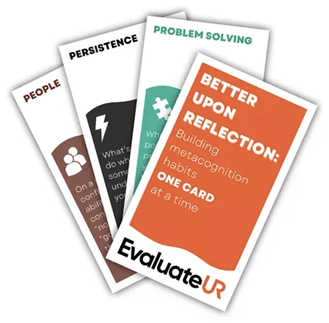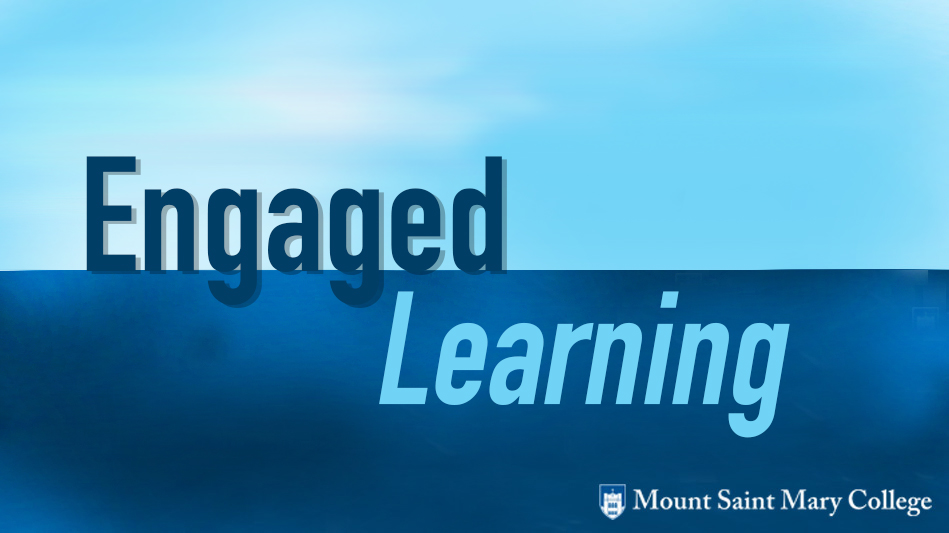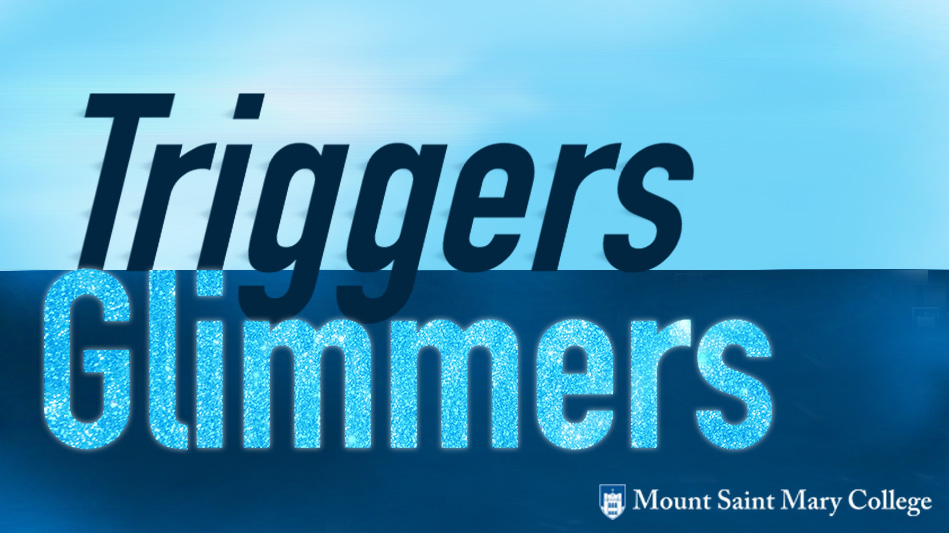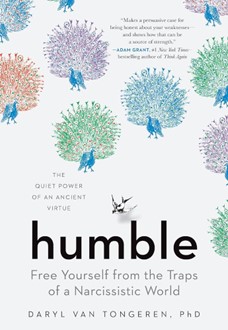by Christopher Lee; Snow College
Kelly Field (2018) reports that “A growing body of research suggests that students who feel they belong at their college are more likely to remain there [and] that first-generation and minority students are less likely to feel a connection to their colleges” (para. 27). As an instructor at a 2-year college, I recognize the important role that my institution plays in functioning as a bridge to further educational opportunities, particularly for underrepresented students. Crucial to this mission is ensuring that I do my part to facilitate a classroom environment in which these students feel valued and included.
Inclusivity means working to ensure that curricula and teaching practices don’t exclude marginalized minority students and help to close existing achievement gaps. It means not only valuing diversity but creating a space for diverse groups of students to actually feel included. It entails serious introspection from faculty (before we even enter the classroom) about implicit biases we may hold toward others, opportunities for privileged students to examine their attitudes about underprivileged peers, and opportunities for minority students to critically reflect on their own academic abilities. An inclusive classroom, then, is contingent on honest metacognitive reflection from both faculty and students.
Faculty: Holding Up the Mirror
Inclusivity requires holding the mirror up to ourselves as instructors and asking how our behaviors, teaching practices, and curriculum choices may confirm or exacerbate student feelings of exclusion. As we strive for an inclusive classroom – in relation to race, class, gender identity, sexual orientation, religious affiliation, age, culture, or ideology – it’s critical that we examine the hidden biases we may hold about certain groups of students and recognize how these biases manifest in the classroom.
It’s one thing to acknowledge that we may have negative biases, but can we actually identify and control them? Patricia Divine’s (cited in Nordell, 2017) research suggests that it is possible to identify and mitigate biases, noting that they can be overridden, but not overwritten. In other words, completely removing our biases doesn’t seem to be a realistic goal, but we can moderate them, once recognized. Divine offers a model for faculty that incorporates key components of metacognitive thinking.
First, we must become aware of our own implicit biases. Although there’s no silver bullet, the Implicit Association Test at Harvard’s Project Implicit can be a useful resource. Second, we must become concerned about the implications and outcomes of our biases, acknowledging that there are very real and harmful consequences to holding unchecked biases. Finally, we must work to replace biases with more productive attitudes that align with our conscious or aspirational values. Subsequently, we can design strategies to monitor and assess our progress.
Metacognitive Practices for Students
The work of creating an inclusive, “decolonized” classroom (Seward, 2019) can’t be reduced to a short and simple list; however, these three practical suggestions can be effectively implemented in any course in an effort to utilize the benefits of metacognition toward increasing inclusivity.
- Assign Reflective Exercises: Start students reflecting on their thinking processes and assumptions early in the semester, particularly in relation to their abilities and potentially flawed preconceptions about themselves, others, and college. I have students write a short essay about their writing and thinking processes, previous experiences with English courses, including negative internalized experiences, and their expectations about our current class. Students can choose to share their thoughts and experiences openly with each other, demystifying the idea that there’s one “correct” (i.e. white, male, middle class, etc.) way to approach writing, thinking, and other academic skills. Previous negative experiences aren’t necessarily exclusive to them individually and won’t act as permanent barriers to their educational goals.
With opportunities to metacognitively reflect, students are more likely to feel included in the classroom environment, early on, if they see a variety of effective approaches to learning tasks. With this understanding, they need not feel pressure to conform to the norms of a hidden curriculum (Margolis, 2001).
- Invite Former Underrepresented Students to Speak: Former students, particularly those who are underrepresented, can be a powerful reference point and model for current students, in both bolstering the self-efficacy of underrepresented students and busting negative minority stereotypes held among other students. Encourage students who have successfully navigated your course to candidly discuss successes, failures, and effective learning strategies. This could be followed-up with a quick one-minute reflection paper that students complete in which they acknowledge their own struggles and make plans for addressing them.
Although we need to be careful not to inappropriately spotlight students (which usually results from us “volunteering” students), this can help underrepresented students to feel more represented and included. We can also use underrepresented student work as models, particularly work that reinforces the idea that there can be multiple ways to reach course goals.
- Engage Students in High Impact Practices: Design projects that allow for greater engagement. Opportunities to participate in undergraduate research, for instance, require students to design, monitor, and adjust their work with faculty mentoring and peer feedback. I incorporate such research opportunities in my freshmen research writing courses to various degrees. As Draeger (2018) notes, “undergraduate research allows students the opportunity to become co-inquirers within an existing scholarly conversation” (para. 4). Actively contributing to an existing academic conversation, rather than passively reporting, requires a number of metacognitive traits, such as identifying and working to mitigate existing biases about topics, assessing what they already know or think they know, how to weigh and prioritize information (including where research gaps exist in the broader conversation), and how to adjust a research question when source material presents new and often contradictory evidence. I scaffold assignments with reflective components to serve as individual checkpoints along this path.
First generation and other minority students, in particular, have been shown to benefit from undergraduate research because of increased interactions with faculty and the institution, developing closer relationships with peers, and the opportunity to challenge existing knowledge and power structures with their own primary research contributions (Charity Hudley et al., 2017). These outcomes help to alleviate some of the most prominent barriers to an inclusive classroom.
Practices like these, in addition to reflecting on our own potentially excluding attitudes and behaviors, can aid us in shaping our classroom spaces to be more inclusive and, ideally, help further serve the mission of colleges and universities in recruiting, retaining, and advancing minority students.
References
About Us. (2011). Project Implicit. Retrieved July 7, 2020, from https://implicit.harvard.edu/implicit/aboutus.html
Draeger, J. (2018, June 22). Metacognition supports HIP undergraduate research. Improve with Metacognition. https://www.improvewithmetacognition.com/metacognition-supports-hip-undergraduate-research/
Field, K. (2018, June 3). A third of your freshmen disappear. How can you keep them? The Chronicle of Higher Education. https://www.chronicle.com/article/A-Third-of-Your-Freshmen/243560
Charity Hudley, A.H., Dickter, C.L., & Franz, H.A. (2017). The indispensable guide to undergraduate research: Success in and beyond college. New York: Teachers College Press.
Margolis, E. (2001). The hidden curriculum in higher education. New York: Routledge.
Nordell, J. (2017, May 7). Is this how discrimination ends? The Atlantic. https://www.theatlantic.com/science/archive/2017/05/unconscious-bias-training/525405/
Seward, M. (2019, April 11). Decolonizing the Classroom: Step 1. National Council of Teachers of English. https://ncte.org/blog/2019/04/decolonizing-the-classroom/





